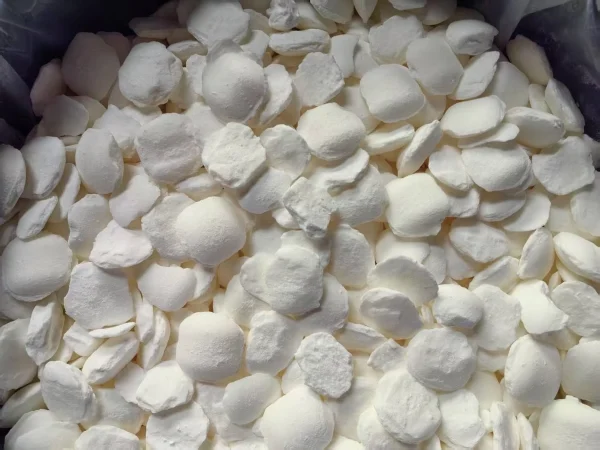
Sodium cyanide is a highly toxic and dangerous chemical. Proper storage is of utmost importance to ensure safety and prevent potential disasters. Here are some crucial points to note when storing Sodium Cyanide.
1. Storage Environment
The storage area for sodium cyanide should be kept dry and well - ventilated. Good ventilation can effectively reduce the accumulation of toxic gas in case of any leakage. Additionally, it is essential to leave inspection passages. This allows for regular and convenient inspection of the storage containers and the overall Storage Environment, facilitating the early detection of any potential problems such as leaks or container corrosion.
2. Storage Containers
The storage containers for Sodium cyanide must be tightly sealed. A proper seal can prevent the escape of sodium cyanide, which could otherwise cause serious harm to the surrounding environment and personnel. Once used, these containers should never be repurposed for other uses. Instead, they need to be thoroughly cleaned and then disposed of as hazardous waste. This is to avoid any cross - contamination or accidental exposure to the residual sodium cyanide in the containers.
3. Keep Away from Ignition Sources and Heat
Sodium cyanide should be stored far away from open flames, sparks, and heat sources. Heat can increase the volatility of sodium cyanide and may also accelerate chemical reactions in some cases, leading to potential instability. Fire sources pose an even greater risk as sodium cyanide can react violently under certain conditions, resulting in explosions or the release of large amounts of highly toxic hydrogen cyanide gas.
4. Separation from Other Substances
It is strictly prohibited to store and transport sodium cyanide together with acids or strong oxidants. Acids can react with sodium cyanide to produce highly toxic hydrogen cyanide gas. For example, when hydrochloric acid comes into contact with sodium cyanide, the following reaction occurs: (NaCN + HCl\rightarrow HCN\uparrow+NaCl). Strong oxidants can also react with sodium cyanide, leading to chemical reactions that may cause fires, explosions, or the release of toxic substances.
5. Appropriate Storage Temperature
The storage temperature of sodium cyanide should be carefully controlled. It should not be stored at temperatures lower than 10°C. Low temperatures can cause the crystallization or solidification of sodium cyanide in some cases, which may affect the integrity of the storage containers or make it more difficult to handle during normal operations.
6. Professional Custody and Strict Handover
The storage of sodium cyanide should be under the custody of trained and professional personnel. These individuals should be well - versed in the properties of sodium cyanide, safety procedures, and emergency response measures. During the handover of storage responsibilities, strict handover procedures must be followed. This includes detailed records of the quantity of sodium cyanide, the condition of the storage containers, and any observed issues during the previous storage period.
In conclusion, the storage of sodium cyanide requires strict compliance with these precautions. Failure to do so can pose a serious threat to human life, the environment, and property. For more information about product knowledge or product prices, please feel free to contact us.
- Random Content
- Hot content
- Hot review content
- Flexible Customer and Supplier Relations Specialist (Location: India)
- T-610 collector Salicyl oxime acid derivative Content 3.5%
- Acetone
- 2-Hydroxyethyl acrylate (HEA)
- Benzonitrile
- How do I choose the right flotation reagent?
- What is a settling agent, and how does it work in mining?
- 1Discounted Sodium Cyanide (CAS: 143-33-9) for Mining - High Quality & Competitive Pricing
- 2Sodium Cyanide 98% CAS 143-33-9 gold dressing agent Essential for Mining and Chemical Industries
- 3Sodium Cyanide 98%+ CAS 143-33-9
- 4Anhydrous Oxalic acid 99.6% Industrial Grade
- 5China's New Regulations on Sodium Cyanide Exports and Guidance for International Buyers
- 6Oxalic acid for mining 99.6%
- 7Reagent Grade/Industrial Grade Hydrochloric Acid min.31%
- 1Sodium Cyanide 98% CAS 143-33-9 gold dressing agent Essential for Mining and Chemical Industries
- 2High Quality 99% Purity of Cyanuric chloride ISO 9001:2005 REACH Verified Producer
- 3 High-Quality Sodium Cyanide for Leaching
- 4Powdery emulsion explosive
- 5Industry Grade Electron grade 98% Sulfuric Acid H2SO4 Sulphuric Acid Battery Acid Industrial Sulfuric Acid
- 6Colloidal emulsion explosive
- 7sodium hydrosulfide 70% flakes used Mining Industry



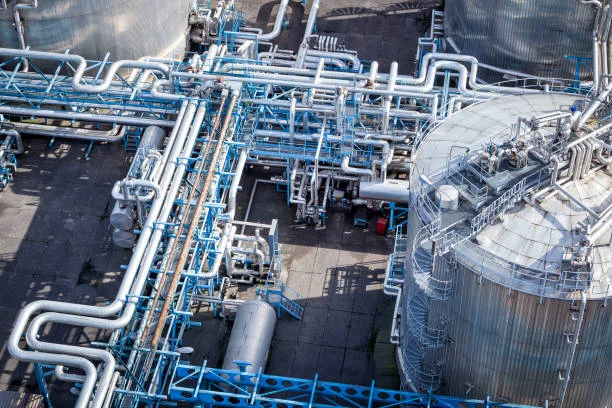

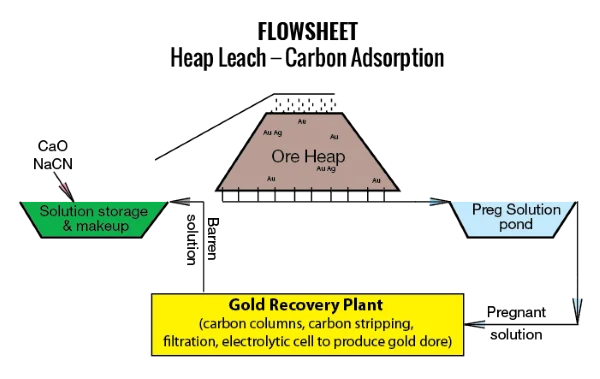
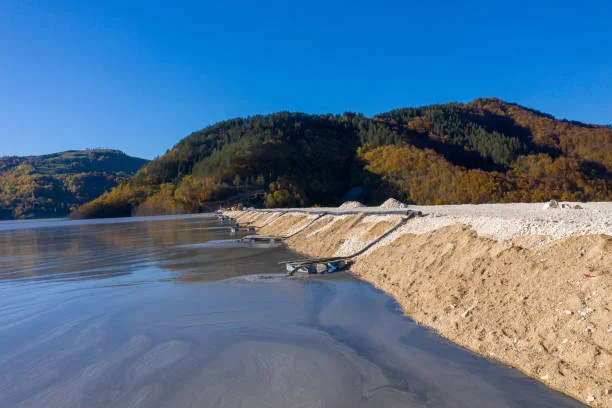
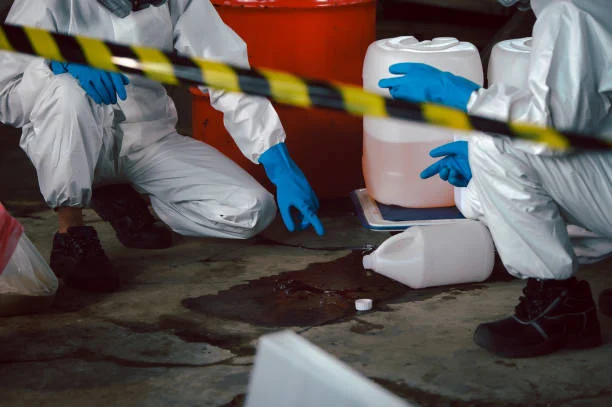
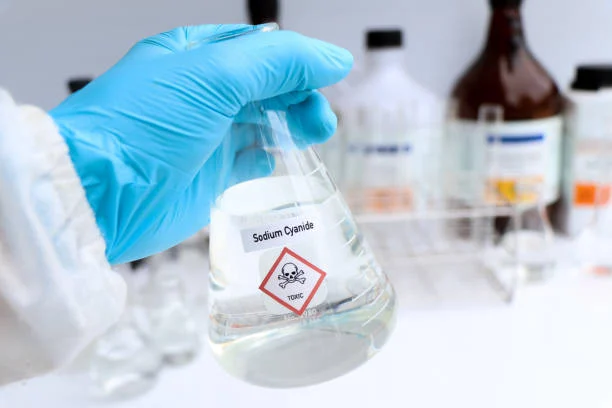


Online message consultation
Add comment: